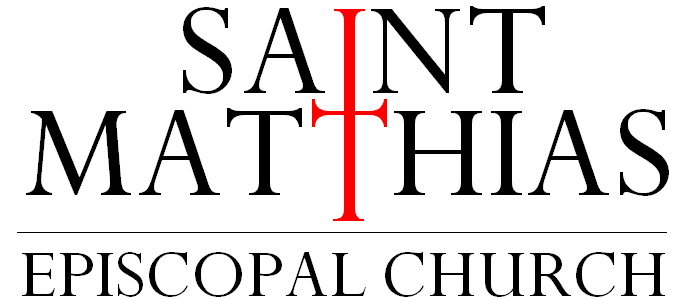Our sacred faith and the creepy holidays are a natural fit
By Ben Corbitt
To look at Halloween today, with its carved pumpkins and grinning witches, it can be easy to lose sight of the spiritual and religious notions which have always been tied up with the observance. This is a shame, because it would be hard to find a more suitably religious holiday.
All forms of spirituality and religion are concerned with one question – how to properly orient oneself in relation to the inescapable reality of death. Their suggested solutions might differ, but the problem is universally recognized.
The evolution of Halloween, from ancient Celtic harvest festivals to adoption by the early Church as All Hallows’ Eve to the secular event of our time, is well known. In addition, Dia de los Muertos (Day of the Dead) has emerged as a well-known blending of Mexican indigenous traditions and the Christian All Saints’ Day, celebrated the day after Halloween. Whether secular, holy, or somewhere in between, these traditions share one thing – a focus on those who have preceded us into the grave.
These festivals can also take unique forms within the Episcopal Church. All Saints Episcopal Church in Pasadena has lent its altar as a traditional ofrenda or “offering” for honoring departed family members on Day of the Dead/All Saints’ Day. For mainline churches housing a suitably spooky old pipe organ, musical events (often promoted as Pipe Screams) allow their organists to showcase the organ’s mood-setting abilities around this time of year.
The Episcopal Book of Occasional Services contains a liturgy for All Hallows’ Eve, along with suggested readings. Among these are quite frankly some of the creepiest passages in the Bible, like Saul’s visit to the Witch of Endor in I Samuel, Ezekiel’s vision of the Valley of Dry Bones, and the War in Heaven as told in Revelation. Witches summoning ghosts, living skeletons, and dragons fighting angels: Whoever designed this Halloween liturgy clearly had a sense of humor. Of course, underlying all these tales of strange powers and spooky happenings is a consistent message about deferring to the power of God in the face of all manner of weirdness.
I grew up in a conservative religious tradition, where the celebration of Halloween was seen as taboo. I now see this as a missed opportunity. Any faith tradition that shuns the grotesque imagery of death misses the point entirely. Whether we like them or not, those grinning skulls in the Halloween shop or on the ofrendas of Hispanic homes aren’t going anywhere. Their silent toothy grins tell a truth which must be accepted. We all must experience death, not just our own but the deaths we grieve while alive. Any faith worth its salt has to look this reality in the face, unpleasant as it may be, and help us prepare for it.
And sometimes, if we’re in a particular state of mind, we might even find the wherewithal to look death square in the face, knowing full well that it waits for each of us, and laugh – maybe even throw on a skeleton costume and have a party to really drive home the point. Happy Halloween.

